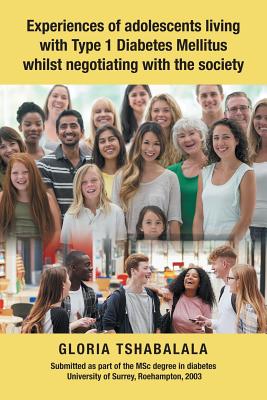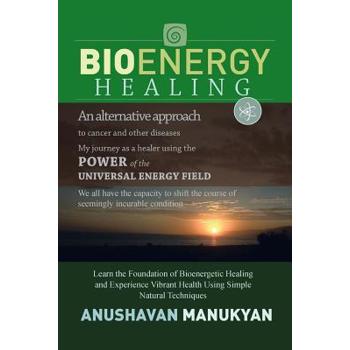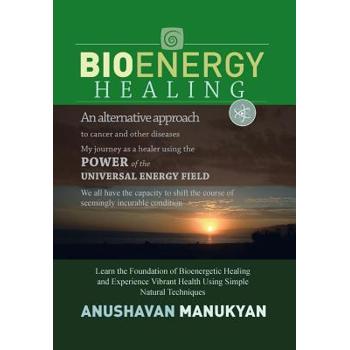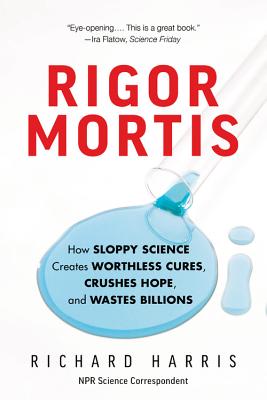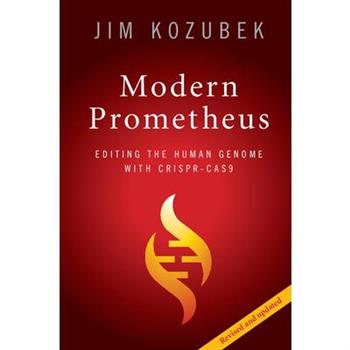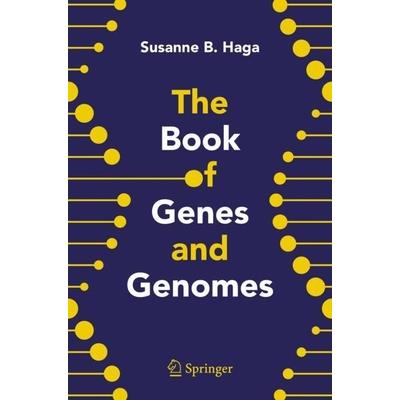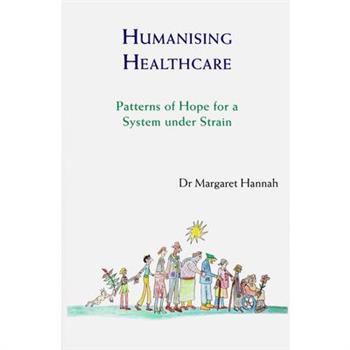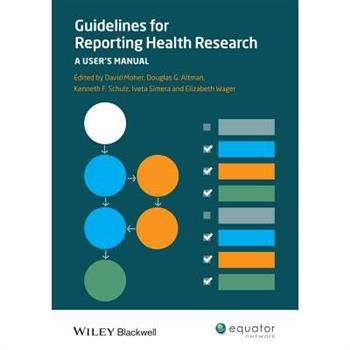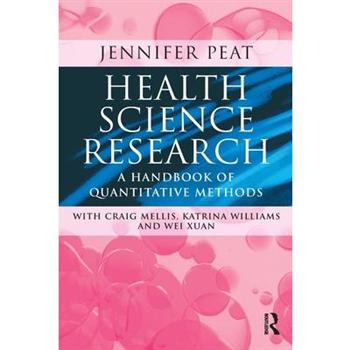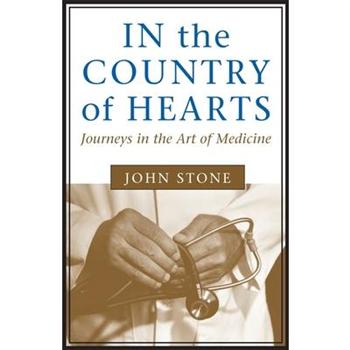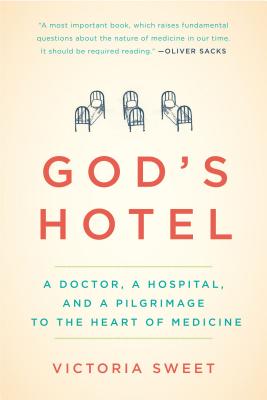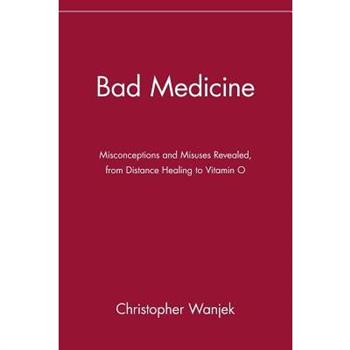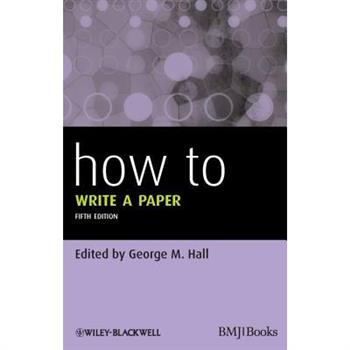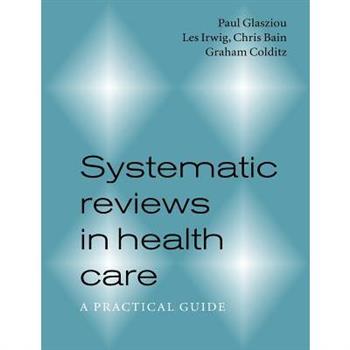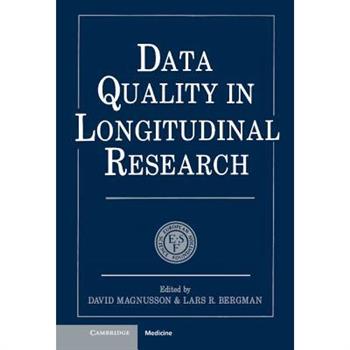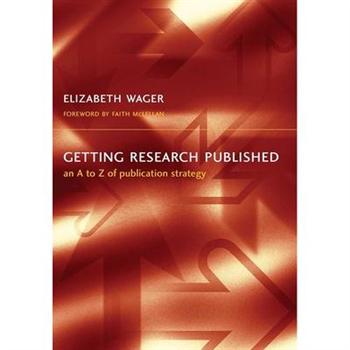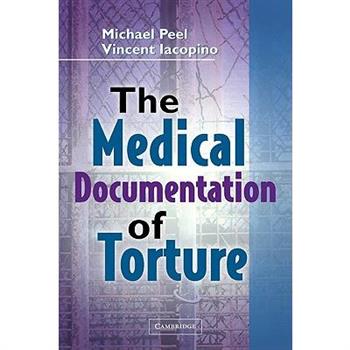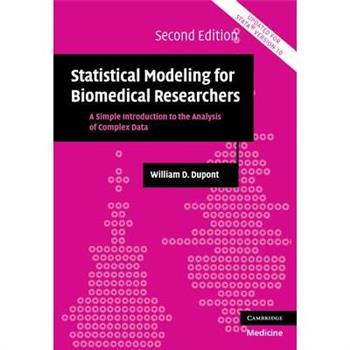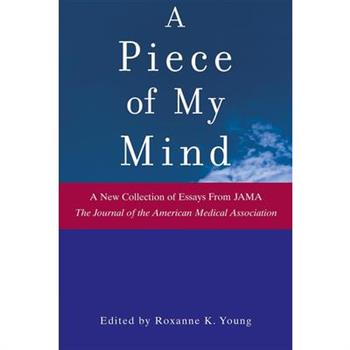Experiences of Adolescents Living With Type 1 Diabetes Mellitus Whilst Negotiating With th
This qualitative study aimed to explore the experiences of adolescents living with type 1 diabetes mellitus (T1DM) and how society perceives them. T1DM is a chronic condition characterized by abnormally high blood glucose due to lack of insulin production by the cells in the pancreas. The treatment is insulin injections or infusions, as there is no medical cure at the moment. More specifically, the study examined how the adolescents manage the illness and cope with the perception and stigmatization related to this condition. Despite the existence of research into living and coping with some chronic conditions, research on TIDM, particularly using qualitative methodologies, is limited. A review in literature also indicated insufficient studies on stigma associated with chronic conditions that have no overt symptoms. In-depth interviews were conducted with nine diverse volunteers after obtaining informed consent (five females and four males). The volunteers were aged between sixteen to nineteen years with a duration of diabetes at a minimum of two years since diagnosis. An analysis of interview results was based on ground theory methodology whereby many categories were generated. From these two core categories, which are assimilation and accommodation, stigmatization emerged. These represent the adolescents' attempt to cope with the experience of living with TIDM and the views of society on this condition with no visible physical abnormalities. Parts of the implications of these findings confirm that medical model management needs to consider psychosocial aspects in order to facilitate adjustment to the chronic condition. Further qualitative research using a bigger sample over a longer period was recommended. The DAWN study (attitudes, wishes, and needs in diabetes) has since been carried out.
Bioenergy Healing
This universal energy field is available to all of us. You too can harness the ability to heal using these techniques. His dream is for all people to know that they have healing abilities that go beyond what medical institutions can offer. Anushavan Manukyan practices and teaches bioenergy healing in Los Angeles.
Bioenergy Healing
This universal energy field is available to all of us. You too can harness the ability to heal using these techniques. His dream is for all people to know that they have healing abilities that go beyond what medical institutions can offer. Anushavan Manukyan practices and teaches bioenergy healing in Los Angeles.
The Journey of a Beautiful Princess
This book is about a little girl who has been diagnosed with epilepsy and cerebral palsy. Cerebral palsy affected more than twenty thousand cases in the US per year. It affects body movement and muscle tone or posture.
Rigor Mortis
An essential book to understanding whether the new miracle cure is good science or simply too good to be true American taxpayers spend $30 billion annually funding biomedical research, but over half of these studies can't be replicated due to poor experimental design, improper methods, and sloppy statistics. Bad science doesn't just hold back medical progress, it can sign the equivalent of a death sentence for terminal patients. In Rigor Mortis, Richard Harris explores these urgent issues with vivid anecdotes, personal stories, and interviews with the top biomedical researchers. We need to fix our dysfunctional biomedical system -- before it's too late.
Modern Prometheus
Would you change your genes if you could? As we confront the 'industrial revolution of the genome', the recent discoveries of Crispr-Cas9 technologies are offering, for the first time, cheap and effective methods for editing the human genome. This opens up startling new opportunities as well as significant ethical uncertainty. Tracing events across a fifty-year period, from the first gene splicing techniques to the present day, this is the story of gene editing - the science, the impact and the potential. Kozubek weaves together the fascinating stories of many of the scientists involved in the development of gene editing technology. Along the way, he demystifies how the technology really works and provides vivid and thought-provoking reflections on the continuing ethical debate. This updated paperback edition contains all the very latest on the patent battle over Crisp and the applications of Crispr technology in agriculture and medicine.
Medical Implications of Basic Research in Aging
Medical Implications of Basic Research in Aging provides a sampling of the most important discoveries of the past several years relevant to aging research in the context of enhancing life- and healthspan. Have you ever wondered if there is anything that you can do to slow aging or prevent diseases associated with aging? Are you interested in enhancing your health based on the latest scientific discoveries? Are you a biohacker experimenting on your own body in an attempt to live longer? Assembled in this volume are a number of the commentaries that previously appeared in the scientific journal Rejuvenation Research. The presentations are clearly written and accessible to those with a general background in biology and medical science. An overview summarizes the articles for the informed layman. Thorough referencing provides an opportunity for further in-depth reading.
When Blushing Hurts
For most of us, blushing when we're embarrassed or anxious is a common occurrence. But for those who suffer from a stronger type of blushing, or blush more easily, also known as pathological blushing, this abnormal facial reddening can become physically and psychologically tormenting.In When Blushing Hurts, author and noted psychiatrist Dr. Enrique Jadresic offers hope for those who experience this condition. He examines blushing from the dual perspective of the healer and the healed, offering inspired testimonies of patients who sought medical help and successfully overcame their pathological blushing. Backed by scientific fact, Jadresic explores the delicate balance of human emotion and how it affects our physical responses. In addition, Jadresic discusses options for treatment, including drug therapy, cognitive-behavioral techniques, and even surgery.In this second edition, Jadresic updates the understanding of those who seek medical help for blushing in light of research that's evolved in recent years. He shares new testimonies and offers fresh information on previously published cases.Praise for When Blushing Hurts, First Edition"Dr. Jadresic's book, which is both meticulous and heartfelt, contributes greatly towards sharing information on and furthering an understanding of a disorder that is medically benign but psychologically tormenting, and orients the physician and the layman on the treatment possibilities offered by medicine today."--Alejandro Goic, MD, President, Chilean Medical Academy"While reading When Blushing Hurts, I once again admired Dr. Jadresic's expository talent, his elegant, poetic pen, his thoughtful honesty, and his clinical ability."--Renato D. Alarc籀n, MD, Mayo Medical School, Rochester, USA
The Book of Genes & Genomes
This exciting new title presents a concise overview of the advances in genetics and genomics. It provides the unfamiliar reader with a succinct description of many of the applications and implications of this field. Given the substantial investment in genetics and genomics over the past several decades and the many recent discoveries and developments, this book will help the reader begin to understand the importance of genetics and genomics to us all. The book is clearly written and includes information on how genetics and genomics has advanced our understanding of health and medicine, evolution, and biology, as well as how they are pushing the boundaries of ethics and social values.
Humanising Healthcare
A practical strategy for transforming the UK and other healthcare systems... offering an affordable, sustainable and compassionate alternative to the present mess. Healthcare systems across the developed world are in trouble. Changing patterns of disease, an ageing population and advances in drugs and technology feed an inexorable rise in costs outrunning our best efforts to contain them. At a human level the system is coming under intolerable strain. Demands for cost savings squeeze out the time and humanity needed for good care and quality relationships. Safety suffers. Staff become demoralised, stressed and burned out. In the first two parts of Humanising Healthcare and focusing on the UK's National Health Service, Dr Hannah explores the fundamental assumptions which have brought us to this point and which likewise inform our current inadequate responses. She dissects the burgeoning regime of regulation and inspection that tries to impose ever tighter controls on a healthcare system that needs to be freed to serve its citizen patients. In the final part of the book, 'Another Way Is Possible', Dr Margaret Hannah offers a practical alternative strategy based on numerous examples of transformative practice from the UK and around the world. It promises a sustainable culture of healthcare that will enable us all to live healthy, fulfilled lives at a fraction of the current cost. Nuka Chief among Dr Hannah's case studies is the 'Nuka' model of care in Alaska. Healthcare in the Nuka system is based on reconnecting people into the web of life. Don Berwick, a former health adviser to President Obama and a founder of the highly respected Institute for Healthcare Improvement, has declared that Nuka "is probably the leading example of healthcare redesign in the world. US healthcare suffers from high costs and low quality. This system has reversed that: the quality of care is the highest I have seen anywhere in the world, and the costs are highly sustainable. It's extraordinary. It is surely leading healthcare to its new and proper destination."
Health Science Research
This is an excellent book, which will be of value to all those health professionals seeking to demystify the sometimes intimidating area of research. Well organised, comprehensive, and clearly written, it is indeed a 'handbook'; it has a clear, step by step approach with many practical examples. It is suitable for researchers across the range of health disciplines, and the authors are to be congratulated for what will become an important resource. Professor Frank Oberklaid, Director, Centre for Community Child Health University of Melbourne/Royal Children's Hospital This book will clearly be a great help to young, and to some extent, experienced research workers focusing on epidemiological and clinical questions framed either in terms of the broad community or patient groups. I recommend it warmly. Professor Stephen Leeder, Dean, Faculty of Medicine, University of Sydney High quality clinical research is a cornerstone of effective health care and much good research is undertaken by clinicians. Yet many of the resources available on research methods are highly theoretical and inaccessible. Written in a user-friendly style by a team of experienced clinical researchers, Health Science Research guides readers through the fundamentals of clinical inquiry. It outlines the steps needed to plan a study, recruit and select subjects, gather and analyse data, and report on results. The authors also explain how to deal ethically with interviewees, and how to prepare a grant application. Health Science Research is an indispensable guide for anyone who needs to undertake a clinical study, including physicians, nurses, allied health workers, scientists and research assistants. Jennifer Peat is Hospital Statistician in the Clinical Epidemiology Unit at the New Children's Hospital, Westmead, and Associate Professor in the Department of Paediatrics and Child Health at the University of Sydney. Katrina Williams and Professor Craig Mellis are from the same Hospital and Department, and Wei Xuan is from the Department of Medicine, University of Sydney.
In the Country of Hearts
A gifted poet as well as a renowned cardiologist and medical professor, John Stone eloquently bridges the seeming expanse between science and the arts. In this wonderful collection of true stories, Stone fluently translates the language of cardiology into one we can all understand as he examines the relationship between the physical heart--the driving pump that nourishes the body--and the metaphorical heart. Through fascinating case histories, Stone reveals the human side of medicine, uncovering, the world of emotions felt by doctors and by those who seek their help.
God's Hotel
Victoria Sweet's new book, SLOW MEDICINE, is on sale now! For readers of Paul Kalanithi's When Breath Becomes Air, a medical "page-turner" that traces one doctor's "remarkable journey to the essence of medicine" (The San Francisco Chronicle). San Francisco's Laguna Honda Hospital is the last almshouse in the country, a descendant of the H繫tel-Dieu (God's hotel) that cared for the sick in the Middle Ages. Ballet dancers and rock musicians, professors and thieves--"anyone who had fallen, or, often, leapt, onto hard times" and needed extended medical care--ended up here. So did Victoria Sweet, who came for two months and stayed for twenty years. Laguna Honda, relatively low-tech but human-paced, gave Sweet the opportunity to practice a kind of attentive medicine that has almost vanished. Gradually, the place transformed the way she understood her work. Alongside the modern view of the body as a machine to be fixed, her extraordinary patients evoked an older idea, of the body as a garden to be tended. God's Hotel tells their story and the story of the hospital itself, which, as efficiency experts, politicians, and architects descended, determined to turn it into a modern "health care facility," revealed its own surprising truths about the essence, cost, and value of caring for the body and the soul.
Bad Medicine
"Christopher Wanjek uses a take-no-prisoners approach in debunkingthe outrageous nonsense being heaped on a gullible public in thename of science and medicine. Wanjek writes with clarity, humor, and humanity, and simultaneously informs and entertains." -Dr. Michael Shermer, Publisher, Skeptic magazine; monthlycolumnist, Scientific American; author of Why People Believe WeirdThings Prehistoric humans believed cedar ashes and incantations could curea head injury. Ancient Egyptians believed the heart was the centerof thought, the liver produced blood, and the brain cooled thebody. The ancient Greek physician Hippocrates was a big fan ofbloodletting. Today, we are still plagued by countless medicalmyths and misconceptions. Bad Medicine sets the record straight bydebunking widely held yet incorrect notions of how the body works, from cold cures to vaccination fears. Clear, accessible, and highly entertaining, Bad Medicine dispelssuch medical convictions as: * You only use 10% of your brain: CAT, PET, and MRI scans all provethat there are no inactive regions of the brain . . . not evenduring sleep. * Sitting too close to the TV causes nearsightedness: Your motherwas wrong. Most likely, an already nearsighted child sits close tosee better. * Eating junk food will make your face break out: Acne is caused bydead skin cells, hormones, and bacteria, not from a pizza witheverything on it. * If you don't dress warmly, you'll catch a cold: Cold viruses arethe true and only cause of colds. Protect yourself and the ones you love from bad medicine-the brainyou save may be your own.
How to Write a Paper
This concise paperback is one of the best known guides to writing a paper for publication in biomedical journals. Its straightforward format - a chapter covering each of part of the structured abstract - makes it relevant and easy to use for any novice paper writer. How to Write a Paper addresses the mechanics of submission, including electronic submission, and how publishers handle papers, writing letters to journals abstracts for scientific meetings, and assessing papers. This new edition also covers how to write a book review and updated chapters on ethics, electronic publication and submission, and the movement for open access.
Systematic Reviews in Health Care
The past two decades have seen increasing interest and developments in methods for doing high quality systematic reviews. This volume provides a clear introduction to the concepts of systematic reviews, and lucidly describes the difficulties and traps to avoid. A unique feature of the manual is its description of the different methods needed for different types of health care questions: frequency of disease, prognosis, diagnosis, risk, and management. This book also provides illustrative examples and exercises for each of the sections.
Data Quality in Longitudinal Research
This overview of the central issues of data quality in longitudinal research focuses on data relevant for studying individual development. The topics covered include reliability, validity, sampling, aggregation, and the correspondence between theory and method. More specific, practical issues in longitudinal research, such as the drop-out problem and issues of confidentiality are also addressed. The volume is the result of an interdisciplinary endeavor by leading European scientists to discuss appropriate ways of handling various types of longitudinal data, including psychiatric data, alcohol data, and criminal data.
Adult Stem Cell Standardization
Stem cell research and technology represent a major challenge for treating otherwise noncurable patients. A decade of intensive research has demonstrated that initial hopes based more on the will to succeed than on solid scientific bases can be translated into factual techniques only by adopting more rigorous procedures and strategies. Among other major impediments, the failure so far experienced in applying stem cell technologies to repair parenchymal organs can be ascribed to the lack of sufficient knowledge of basic mechanisms, but also to the lack of standardized criteria and protocols. Very often each laboratory follows its own "recipe" using erratic nomenclature and non-comparable, if not confusing, experimental protocols. All this makes it difficult to learn from the others and, ultimately, hampers the advance of knowledge on stem cell behavior. The ambitious goal of Adult Stem Cell Standardization is to gather the most innovative and scientifically robust knowledge and technologies on stem cells and involve investigators from academy and industry in formulating recommendations to standardize the isolation and manipulation of stem cells using solid and well-documented knowledge rather than fragmentary and often unrepeatable experimental reports.
The Philosophy of Evidence-based Medicine
Evidence-based medicine (EBM) has become a required element of clinical practice, but it is critical for the healthcare community to understand the ongoing controversy surrounding EBM. Seeking to address questions raised by critics, The Philosophy of Evidence-based Medicine challenges the over dependency of EBM on randomized controlled trials. This book also explores EBM methodology and its relationship with other approaches used in medicine.
Life and Hope
At the age of eleven, Mark Greene nearly died. Neither he nor his parents knew that Mark suffered from end stage renal disease; he would need a kidney transplant to survive. Now, more than twenty-six years after his successful transplant operation, Greene tells the story of his survival following that operation. Currently, there are approximately 170,000 organ transplant recipients in the United States, each with unique stories but sharing the commonality of improved quality of life. In Life and Hope, Greene discusses important principles that will not only contribute to the longevity of organ transplants, but also help recipients continue to improve their overall well-being. He blends personal experience and academic research to both teach and enlighten in a way that brings meaning to organ transplantation. Greene shares a very personal story about his ordeal with a misdiagnosed illness that nearly took his life and nearly destroyed his family. His story is one of transformation, as he moves from the brink of death to a life full of meaning-a unique story and real-life experience that demonstrates how the organ transplant experience so eloquently contributes to the human experience.
Life and Hope
At the age of eleven, Mark Greene nearly died. Neither he nor his parents knew that Mark suffered from end stage renal disease; he would need a kidney transplant to survive. Now, more than twenty-six years after his successful transplant operation, Greene tells the story of his survival following that operation. Currently, there are approximately 170,000 organ transplant recipients in the United States, each with unique stories but sharing the commonality of improved quality of life. In Life and Hope, Greene discusses important principles that will not only contribute to the longevity of organ transplants, but also help recipients continue to improve their overall well-being. He blends personal experience and academic research to both teach and enlighten in a way that brings meaning to organ transplantation. Greene shares a very personal story about his ordeal with a misdiagnosed illness that nearly took his life and nearly destroyed his family. His story is one of transformation, as he moves from the brink of death to a life full of meaning-a unique story and real-life experience that demonstrates how the organ transplant experience so eloquently contributes to the human experience.
Unique Enzymes of Aspergillus Fungi Used in Japanese Bioindustries
The Medical Documentation of Torture
Until recently, almost all of the medical input to criminal and civil prosecutions relating to allegations of torture was from forensic pathologists investigating mass graves. It is now recognised, however, that witness evidence from those who survive atrocities can be supported by medical experts in documenting torture both immediately and many years after the event. As is patently evident from news coverage, the number of asylum seekers in the West fleeing persecution abroad has increased steadily and there is a real need to provide those involved in examining these individuals with a comprehensive reference source which will underpin the Istanbul Protocol and provide the academic background for bringing prosecutions against alleged torturers before the newly mandated International Criminal Court.
How Adult Stem Cell Therapies Can Save Your Life
Laced with hope and promise for sufferers of seemingly incurable illnesses, How Adult Stem Cell Therapies Can Save Your Life: Medicine's Best Kept Secret Saved My Life reveals that non-controversial adult stem cell therapies are already available for those with serious diseases and injuries. This book is a practical guide to those seeking adult stem cell treatments with step-by-step instructions on how to use the Internet to locate suitable FDA approved clinical trials for almost all major infirmities Seven years ago, van Zyl suffered cardiac arrest; his heart literally stopped until doctors shocked his chest. Over the next ten months, after receiving bypass surgery, an angioplasty, and entering a cardiac rehabilitation program, van Zyl's heart was still deteriorating. Turned down by two heart transplant centers, van Zyl's only hope lay in the Food and Drug Administration (FDA), or more specifically, a new FDA-approved clinical trial for adult stem cell therapies. One of 24 patients selected with heart failure, van Zyl entered the aggressive treatment group in 2004, where adult stem cells were harvested from van Zyl's own body and injected directly into his failing heart. The results were astonishing. Now 75, van Zyl lives a healthy, vigorous life. How Adult Stem Cell Therapies Can Save Your Life offers a plethora of information on the latest adult stem cell treatments for over a dozen diseases and conditions. While much has been made of the medical viability and ethical concerns of other types of stem cell therapies, van Zyl is living proof that adult stem cell therapies can save lives.
Statistical Modeling for Biomedical Researchers
For biomedical researchers, the new edition of this standard text guides readers in the selection and use of advanced statistical methods and the presentation of results to clinical colleagues. It assumes no knowledge of mathematics beyond high school level and is accessible to anyone with an introductory background in statistics. The Stata statistical software package is used to perform the analyses, in this edition employing the intuitive version 10. Topics covered include linear, logistic and Poisson regression, survival analysis, fixed-effects analysis of variance, and repeated-measure analysis of variance. Restricted cubic splines are used to model non-linear relationships. Each method is introduced in its simplest form and then extended to cover more complex situations. An appendix will help the reader select the most appropriate statistical methods for their data. The text makes extensive use of real data sets available online through Vanderbilt University.
Marijuana
Cannabis: Collected Clinical Papers Volume One: Marijuana: Medical Papers, 1839-1972 Tod H. Mikuriya, M.D. As a full-time research consultant at the N.I.M.H. Center of Narcotics and Drug Abuse Studies, Dr. Tod Mikuriya discovered just how much the English and American medical profession has known about cannabis for the past 130 years. Having access to priceless original documents, he has compiled this authoritative and fascinating collection of medical papers on marijuana. From 1839, when the herb was first introduced into the Western pharmacopoeia, to present research with THC, the anthology offers rich insights into the whole social history of medicine. The studies published herein convey a wide variety of critical information, ranging from laboratory tests performed on animals and human subjects, to anthropological descriptions of marijuana use by African women during labor. A number of unusual and seldom-seen illustrations--from pharmaceutical catalogues in the days when Parke Davis and others marketed legal marijuana as a cure for coughs and corns--are both instructive and entertaining. In the section of clinical and pharmacological studies, a deep look is taken at the range of therapeutic effects attributed to a plant which has had prescribed medical uses for more than 2700 years, and is currently used by an estimated 250 million people. If not always conclusive, these studies nonetheless dramatically show that marijuana has potentially great medical value. The impressive accumulation of information regarding it has been unfortunately relegated to the dust bin for decades by puritanical legislators and medical practitioners ignorant or unheeding of existing scholarship in the field. The final chapter analyzes the reasons behind the 1937 Tax Act which outlawed the use of marijuana, driving it underground, and offers some disturbing conclusions based on hitherto unpublished official hearings and interviews with former government officials. Amidst the marijuana referendums, judicial challenges, and states vs. federal legislation, Marijuana: Medical Papers provides essential information--most of it never before available except in scarce, out-of-print medical journals--on a topic of tremendous current interest.
Marijuana
As a full-time research consultant at the N.I.M.H. Center of Narcotics and Drug Abuse Studies, Dr. Tod Mikuriya discovered just how much the English and American medical profession has known about cannabis for the past 130 years. Having access to priceless original documents, he has compiled this authoritative and fascinating collection of medical papers on marijuana. From 1839, when the herb was first introduced into the Western pharmacopoeia, to present research with THC, the anthology offers rich insights into the whole social history of medicine. The studies published herein convey a wide variety of critical information, ranging from laboratory tests performed on animals and human subjects, to anthropological descriptions of marijuana use by African women during labor. A number of unusual and seldom-seen illustrations--from pharmaceutical catalogues in the days when Parke Davis and others marketed legal marijuana as a cure for coughs and corns--are both instructive and entertaining. In the section of clinical and pharmacological studies, a deep look is taken at the range of therapeutic effects attributed to a plant which has had prescribed medical uses for more than 2700 years, and is currently used by an estimated 250 million people. If not always conclusive, these studies nonetheless dramatically show that marijuana has potentially great medical value. The impressive accumulation of information regarding it has been unfortunately relegated to the dust bin for decades by puritanical legislators and medical practitioners ignorant or unheeding of existing scholarship in the field. The final chapter analyzes the reasons behind the 1937 Tax Act which outlawed the use of marijuana, driving it underground, and offers some disturbing conclusions based on hitherto unpublished official hearings and interviews with former government officials. Amidst the marijuana referendums, judicial challenges, and states vs. federal legislation, Marijuana: Medical Papers provides essential information--most of it never before available except in scarce, out-of-print medical journals--on a topic of tremendous current interest.
A Piece of My Mind
reflections and insights on health, disease, and healing Now in paperback for the first time, A Piece of My Mind brings together revealing personal essays that first appeared in The Journal of the American Medical Association (JAMA). These engrossing, moving vignettes--written by physicians, patients, family members, medical students, and others--offer a unique glimpse into the everyday experiences and relationships in the medical world. Baring their souls and opening their hearts, the authors share their most personal moments, stories, and observations. You'll hear from the intern who could not hide her emotions, earning reprimand from her supervisors but appreciation from her patients . . . meet an alcoholic whose indomitable spirit helped her defy all the odds . . . experience the heartbreaking comedy of a Monday morning HIV clinic . . . be inspired by the oncology social worker who found a new love of life during her own struggle with breast cancer . . . and learn from the physician who realized that by witnessing her patients' courage she became a better physician. Compelling, touching, and at times humorous, A Piece of My Mind offers a deeper understanding of physicians, patients, medicine, and the simple human act of helping another person. "These stories, based in science, are transmitted to readers . . . after filtering through a human heart . . . consistently succeeds in bridging science and the humanities."--William H. Foege, MD, Emory University




